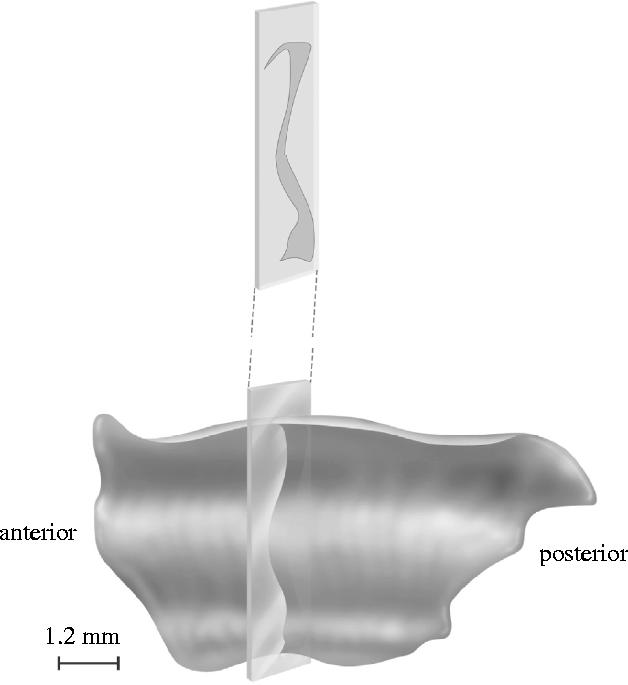Claustrum Section Announcement
I’m making this blog post to let you know that I just added a section Claustrum. It’s actually included as a sub-section in the Book section of my website https://christseed.com/. But, let’s call it a section. Please click on the links to check it out. I will be adding more pages to this section in the near future. Please check back from time to time. More to come. To give you a taste, some selections from that section are below.
Additionally, I have started a process of giving the site a face-lift. The site still needs a lot of work. I will continue to make improvements.
Below is a sneak peak, a preliminary, unformatted view of what is coming in this section. Again, please click on the link Claustrum to see this section and follow its updates and progress as I add pages into this section.
The claustrum is a mysterious brain structure. The word claustrum means “hidden away.” Indeed, the claustrum is a thin, irregular sheet of grey matter, one sheet in each hemisphere of the brain, concealed beneath the inner surface of the neocortex. Viewed face on, it has an irregular outline remarkably reminiscent of the 48 contiguous United States. The thickness varies from a fraction of a millimeter to several millimeters. The claustrum is not flat but curved in a curious way.

In contrast with most brain structures, the anatomy of the claustrum is quite remarkable in that it receives input from almost all regions of cortex and projects back to almost all regions of cortex. The other brain parts that come close to this interconnectivity are the cortical pyramidal neurons, whose axons carry the bulk of long-distance cortical communications. This is in contrast to the claustrum, which is small and centrally located.
Unlike the outstretching axons of the pyramidal neurons, the claustrum is positioned at the confluence of a large number of simple cortical loops. This widespread and reciprocal connectivity with most cortical regions raises the obvious question: why is all this information brought together, since this requires most of the loops being much longer than if the claustrum lay more uniformly under the cortex?



